It’s a common scenario as a beginning guitar player…
You start to learn to play some basic guitar chords. Then you look in a songbook or some sheet music and see a chord you know and it’s played an entirely different way.
What gives?
The very nature of the guitar allows us to play the same guitar chord many, many different ways. To understand why this is, we will take a brief look at the basic theory behind major chords.
Major chords are built by taking the 1st, 3rd and 5th notes from the major scale. I covered the basics of the major scale in this blog post: Here’s a Quick Way to Understand the Major Scale on Guitar.
The notes in a C major chord are C-E-G. To play the C major chord all you do is find the notes C-E-G on the fretboard.
As you will see from the diagrams that follow, there are many C’s, E’s and G’s on the guitar neck. You can play any combination of the notes C-E-G, and you will have a C major chord. You may double and even triple the notes as needed. Experiment with this and come up with some different voicings for C major.
Now here is one of the most common ways to play C major.
Next we will look at a common way to play C major as a barre chord.
Now here is the breakdown of the notes contained in the fingering…
Now let’s take it a step further and look at all of the C’s, E’s and G’s over the fretboard.
Now you can see why there are so many different ways to play a C major chord!
To play a G major chord, you need the notes G-B-D. So all you would do is locate the G’s, B’s and D’s on the fretboard. Then you select the combinations you like and presto…you’ve got multiple ways to play G major.
For D major you need the notes D-F#-A.
When you understand how a chord is built, you can play the chord many, many different ways.
But Hold on a Minute…
Why would anyone possibly need to know these different ways of playing guitar chords?
One word: variety.
When you know different ways to play chords, it opens up lots of options for you.
As your chord vocabulary increases, you will become a more versatile, creative and interesting rhythm guitar player. On top of that, as you learn more guitar chords, you will be able to learn guitar songs much faster.
To learn more about the basics of guitar chords and guitar theory check out my music theory course -> Guitar Theory: It’s Easier Than You Think.


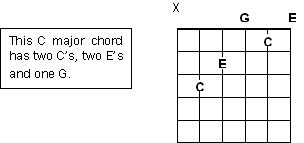
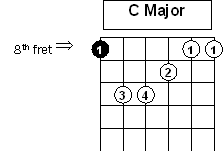
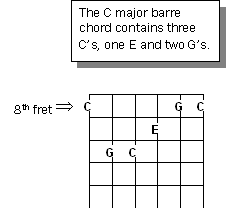
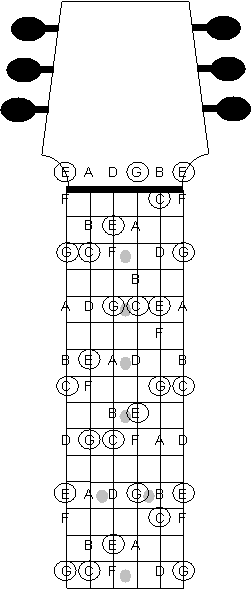






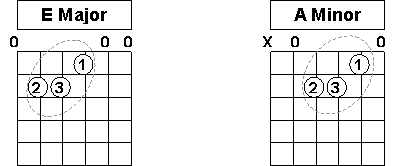
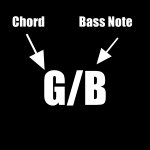

Wow thanks that cleared things up for me
Thanks for the info, it helped.
Why do some teach beginners to use single notes or two notes for chords? Are these real chords that can be used in lieu of a 3 note C chord?
Hi Dave,
Technically speaking, all three notes of a triad need to be present for you to have a triad. However, certain combinations of notes can imply the sound of a chord. So for example, if the notes C and E are played together, they may imply a C major chord. This will ultimately depend upon context.
Also, when you play one note, you are actually hearing that one note (or fundamental note) and you are also hearing a combination of different overtones. The different overtones that are present are what characterize the unique sound of each instrument. It’s the presence or absence of certain overtones from the harmonic overtone series that allow us to hear a difference between the violin and the guitar even when they play the exact same note.
The reason some teachers will show beginners simple two note voicings for chords is to simplify things for the beginner.
Single note lines may imply a chord when they outline one in the melody. Otherwise one note by itself is generally not enough to imply a definite or even implied harmony. This is because there are many different chords that a single note can be part of. The note C can be the root of the C major chord (C-E-G); the b3 of an A minor chord (A-C-E); or the fifth of an F major chord (F-A-C).
I hope this clarifies things. Let me know.